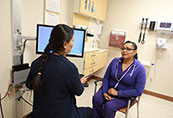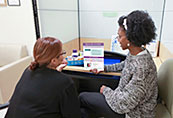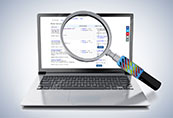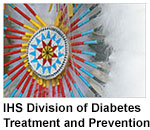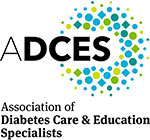- Division of Diabetes Treatment and Prevention (DDTP)
- Clinical Resources
- Diabetes Standards of Care and Resources for Clinicians and Educators
- Glycemic Control: Assessment, Monitoring and Goal Setting
Diabetes Standards of Care and Resources for Clinicians and Educators
Glycemic Control: Assessment, Monitoring, and Goal Setting
The goals of glucose management are to reduce long-term complications of diabetes and to improve and maintain quality of life over time. Glycemic targets have been established to guide intervention strategies for patients and providers. During clinical care of people with diabetes, it is important to work to achieve individualized glucose targets and to avoid poor glycemic control.
Primary methods available for health care providers and patients to assess glycemic control are: A1C, blood glucose monitoring (BGM), and continuous glucose monitoring (CGM).
Resource Links
for All Topics
» Online version
» Print version [PDF – 269 KB]
Clinical Practice Recommendations
Recommendations for Glycemic Control: Assessment, Monitoring, and Goal Setting
Assessing A1C
The A1C should be measured in all patients with diabetes at the initial assessment and:
- as frequently as every 3 months to monitor progress toward clinical targets and to facilitate therapeutic decision making.
- at least every 6 months for patients at goal.
A1C and Estimated Average Glucose (eAG)
A1C is expressed as a percentage, making it difficult for some patients to understand how to relate their A1C result to blood glucose levels. Because eAG uses the same units (mg/dL) as home glucose measurements, the eAG may be easier to understand than the A1C and more useful when discussing patients' glucose goals and results.
The table below from the American Diabetes Association (ADA) shows the correlation between A1C and eAG. The ADA also provides a calculator for converting A1C results into eAG. Exit Disclaimer: You Are Leaving www.ihs.gov
| A1C % | eAG mg/dL |
|---|---|
| 5 | 97 |
| 6 | 126 |
| 7 | 154 |
| 8 | 183 |
| 9 | 212 |
| 10 | 240 |
| 11 | 269 |
| 12 | 298 |
Blood glucose monitoring is an important and widely available tool that can be used to provide information needed to safely and effectively manage diabetes. It can help patients understand the impact of food intake, activity, and medications on their blood glucose levels and can help them engage in self-care.
Blood Glucose Monitoring (BGM)
- Recommend BGM in patients when:
- Taking insulin and/or multiple glucose-lowering medications
- Medication therapy is initiated or changed
- Hypoglycemia is a concern
- Risk of hyperglycemic crisis is a concern, such as diabetic ketoacidosis (DKA) or hyperosmolar hyperglycemic syndrome.
- Advise insulin-treated patients to perform BGM ≥3 times a day if on multiple daily insulin injections or an insulin pump (alternatively, consider continuous glucose monitoring).
Continuous Glucose Monitoring (CGM)
CGM can provide valuable information on glucose patterns and glycemic control for patients and providers. It is particularly useful for identifying real-time glucose trends that may lead to hypoglycemia and hyperglycemia.
- Consider CGM for:
- Patients with type 1 diabetes or insulin-requiring type 2 diabetes.
- Individuals with hypoglycemia unawareness or risk of severe hypoglycemia.
- Decreasing wide fluctuations in sugar levels to achieve glycemic goals.
- Monitoring glucose as an adjunct to BGM with pregnant individuals who are using insulin.
Optimizing Glucose Monitoring in Clinical Care
- Identify and address potential barriers to monitoring, such as time constraints, fear, inconvenience, physical limitations, and cultural issues.
- Work collaboratively with patients on a monitoring plan. Provide guidance on how to use glycemic results in managing:
- Meal plans
- Medications
- Physical activity level or other lifestyle changes
- Sick days
- Review blood glucose data and A1C results with the patient at each diabetes visit; utilize this information to optimize the management plan through shared decision making.
Glycemic control goals should be individualized using blood glucose ranges and A1C results. Setting glycemic goals allows for the flexibility needed for patient safety and accounts for the limitations of testing accuracy. The IHS Division of Diabetes Treatment and Prevention has developed a Glucose Management in Type 2 Diabetes Algorithm [PDF – 203 KB] which provides guidance for individualizing clinical goals. Guidance provided in this section is not intended for children or women who are, or could become, pregnant.
General Glycemic Control Goals
- A1C goal is <7% for most patients
- Blood Glucose Monitoring (BGM) targets:
- Fasting and premeal: 80 to 130 mg/dL
- Post meal: <180 mg/dL measured 1-2 hours after the start of a meal
- Continuous glucose monitoring (CGM) target:
- Time in range (TIR): >70% of values between 70 to 180 mg/dL (which correlates with an A1C of 7%) or calculated Glucose Management Indicator (GMI) approximated A1C
- Time below range (TBR): <4% between 54 to 69 mg/dL and <1% below 54 mg/dL
- Time above range (TAR): <30% above 180 mg/dL with <5% above 250 mg/dL
Consider a:
- More stringent goal if it can be achieved safely and without significant hypoglycemia or other adverse effects
- Less stringent goal for individuals with significant complications (e.g. cardiovascular disease, chronic kidney disease), advanced age, hypoglycemia unawareness, and/or comorbidities
Individualizing Treatment Targets
Treatment plans for achieving targets should also be individualized for each patient. Glycemic targets may change as patients age or develop complications and comorbidities. Discuss treatment goals with patients and agree on a specific individualized target range of glycemic control after reviewing the risks and benefits of therapy (American Diabetes Association. 6. Glycemic Goals and Hypoglycemia: Standards of Care in Diabetes—2025 Exit Disclaimer: You Are Leaving www.ihs.gov Diabetes Care 2025, Vol.48, S128-S145. doi.org/10.2337/dc25-S006).
Clinician and Educator Resources
Featured Glycemic Control Resources
Patient Education Resources
Glycemic Control Patient Education Resources
| Organization | Resource |
|---|---|
|
Education Materials and Resources (Online Catalog): |
|
Check Your Blood Glucose | Diabetes Testing & Monitoring Exit Disclaimer: You Are Leaving www.ihs.gov |
|
ADCES7 Self-Care Behaviors™: Monitoring Exit Disclaimer: You Are Leaving www.ihs.gov [PDF] |
CME Training
| Session Title | Session Material | CME/CE Information |
|---|---|---|
New Spirit Within Project Health Passport Night and Integrated Care Exit Disclaimer: You Are Leaving www.ihs.gov
Sarah Maestas CPT
Denver Indian Health and Family Services Leah Fitzgerald PharmD, BCACP Denver Indian Health and Family Services (Originally presented on 12/18/2024) |
Take Quiz |
|
New A Nephrologist's Take on the Effect and Impact of SGLT-2 Inhibitors and GLP-1 RAs on Kidneys Exit Disclaimer: You Are Leaving www.ihs.gov
Christos Argyropoulos MD
Department of Internal Medicine University of New Mexico (Originally presented on 11/18/2024) |
Take Quiz |
|
New Sweet Success: Unveiling the Power of Continuous Glucose Monitoring Exit Disclaimer: You Are Leaving www.ihs.gov
Christy Pierce APRN, MSN, ACNP-BC, FNP-C, BC-ADM
Diabetes and Endocrinology (Originally presented on 11/06/2024) |
Take Quiz |
|
New Applying the ADCES 7-Self Care Behaviors in Navajo Communities Exit Disclaimer: You Are Leaving www.ihs.gov
Denee Bex MPH, RD, CDCES
Tumbleweed Nutrition LLC (Originally presented on 04/03/2024) |
Take Quiz |
|
New Insulin Resistance: Explanations and Treatment Approaches Exit Disclaimer: You Are Leaving www.ihs.gov
Rachel Blair MD
Associate Physician and Instructor of Medicine Margo Hudson MD Associate Physician and Assistant Professor of Medicine Brigham and Women's Hospital, Harvard Medical School (Originally presented on 07/05/2023) |
Take Quiz |
|
New Navigating Insulin Pumps and Continuous Glucose Monitors for Improved Diabetes Management Exit Disclaimer: You Are Leaving www.ihs.gov
Richard Arakaki MD
IHS Division of Diabetes Treatment and Prevention (DDTP) (Originally presented on 06/21/2023) |
Take Quiz |
|
